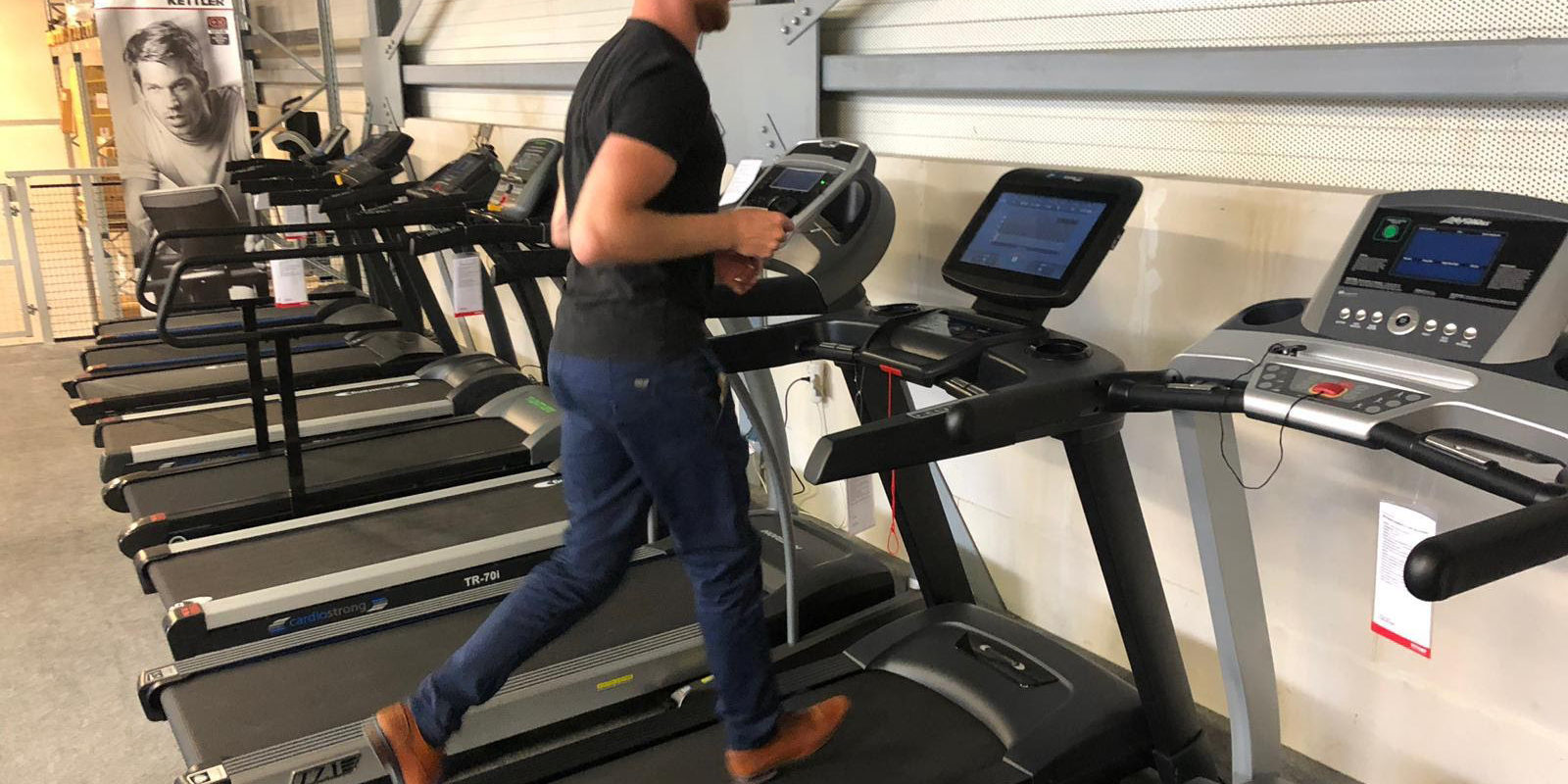Just as a warm-up is an essential part of your training or workout, so should a cool-down be. Yet (sports) physiotherapist Sander sees still often forgotten. In this new blog, you will read more about the importance of a good cool-down and what important functions it has on your body.
What is a cool-down?
"Actually, like a warm-up, the word speaks for itself. A cool-down ensures that your body regains its temperature after an (intensive) workout or training. Whereas a warm-up prepares your body to perform, a cool-down ensures that your body returns to 'rest'."
What are the benefits of cooling down?
"When you have had an intense workout or training session, your body is in this rhythm. The moment you stop it without preparing your body for it, your body will react to it. For example, when you stop your workout abruptly, you may experience dizziness. This may be because your body's blood flow is running at full speed to get oxygen into every muscle. A cool-down ensures, among other things, that your body's blood flow gradually calms down again and reduces the risk of dizziness. Furthermore, a cool-down has several other important functions:
- Your heart and your body's blood flow can 'unwind'.
- Faster removal of lactic acid produced during exercise. Lactic acid causes slower recovery.
- Chances of less muscle pain.
What is a correct cool-down?
"You've had a great workout, but now what? A cool-down can consist of several facets."
Facet 1: Running or cycling
"This way, your body moderately comes back to rest as well as your heart and blood supply. Make sure you do this in a gentle way, otherwise it is an extension of your workout instead of a cool-down."
Facet 2: Stretching and stretching
"With stretching and stretching, you take care of 'repairing' the resulting microtrauma in your muscles. These very small tears in your muscle tissue were created during your workout and can be repaired by exercises."
Facet 3: Sauna or shower
"Taking a hot shower or visiting a sauna causes your blood vessels to dilate. This improves blood circulation, promoting recovery. Of course, when visiting the sauna, make sure you take enough fluids and always wait a while between your workout and shower so your body can rest first. "
Facet 4: Sports massage or Foam roll
"Also, a sports massage can (internal link to sports massage) also help recover your muscles. Sports massage uses deep and slow massage techniques. This form of massage can improve blood circulation. This ensures that waste products, pain and fluids can be removed faster. This ultimately benefits your recovery.
Using a foam roller, you can actually use 'self-massage' anytime, anywhere. This is also known as self-myofascial release. By performing various exercises, you can use a foam roller to ensure muscle relaxation, improve blood flow, create more mobility in muscles and joints and thus also promote recovery."
FriskFysio offers help with your recovery
If present, by practice fill in what services they offer:
- Sports massage
- Muscle injuries
- Sports physiotherapy
Do you have questions about your muscle recovery or could use some guidance? Then get in touch with our practice. You can do so by calling 085-5000333, info@friskfysio.nl or use the contact form on the website!







